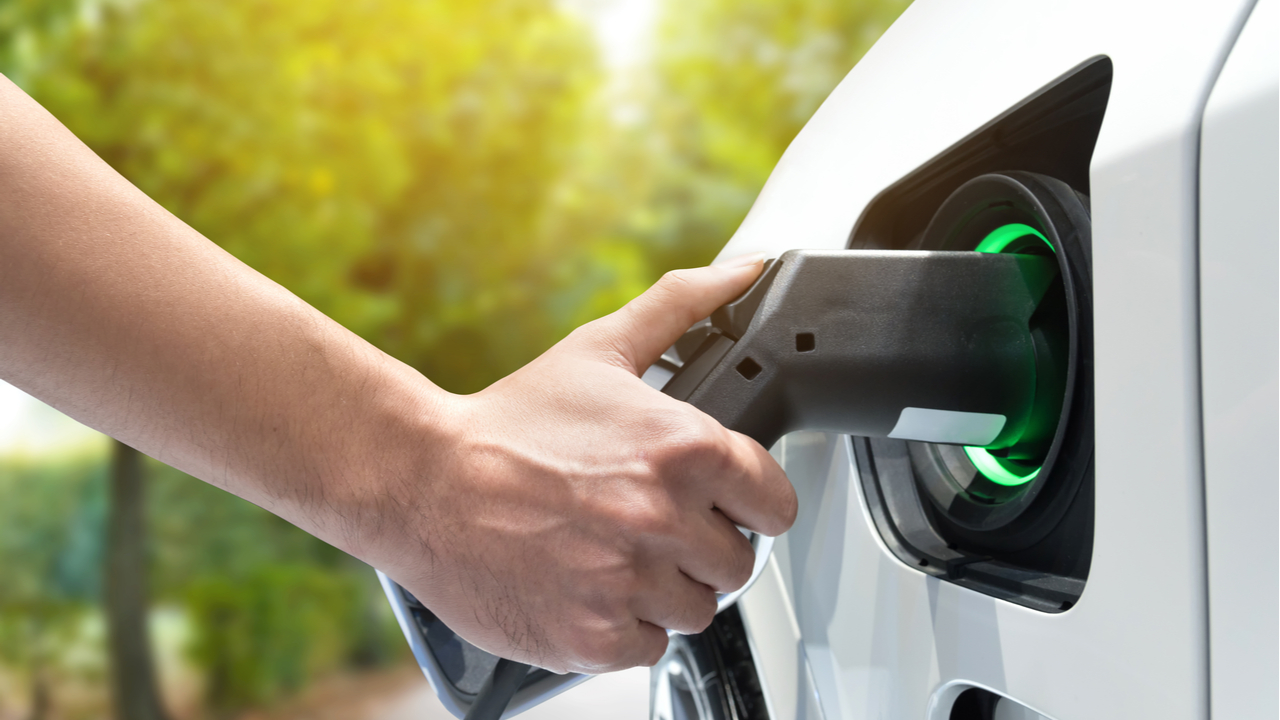Electric vehicles (EVs) have been rapidly transforming the landscape of transportation, offering a cleaner and more environmentally sustainable alternative to gasoline-powered cars. However, for many considering the switch, a lingering question remains: how exactly do EV charging stations work? Be assured, you’ll be the next driver of electric vehicles! This article will guide you through the key components that form the EV Infrastructure, so you’re prepared to navigate the new and exciting world.
The basic idea: Providing power and to replenish energy
The charging stations for EVs operate on the basis of a simple idea they serve as a bridge between the electric grid and the battery of the electric car you drive. Think of them as pumps for electrons, replenishing the energy reserves which propel your electric vehicle forward. It’s easy: park your EV at the charging station, connect the charging cable to an appropriate plug, and voila – the flow of electricity starts.

Plugging in: Compatibility and Speeds of Charging
While the basic idea is similar to that of the majority of EV chargers, the plug types and charging rates vary. The different plug configurations at EV charging stations are similar to those at gasoline stations. They differ based on the car, and the charging standards. Understanding the differences is vital for a comfortable charging experience.
Tesla Superchargers A Network of Speed
Tesla owners have an distinct advantage thanks to a network of Tesla Superchargers strategically located. Superchargers that are fast-charging designed specifically for Tesla vehicles offer charging speeds that are faster than traditional stations. This allows drivers to recharge their batteries in a shorter time. This translates into shorter charging times and fewer waiting. The long distance Tesla journeys are much more comfortable.
Discovering Alternative Charging Options
The EV charging landscape extends beyond Tesla Superchargers. There are numerous public charging stations and are managed by different businesses and operate with a broad range of EVs. They offer a range of charging speeds. From Level 2 chargers that can charge faster than a typical home outlet, to DC Fast Chargers, the fastest charging speed comparable to a filling at gasoline stations.
Planning Your Charge: Range Anxiety Be Gone
This is one of the biggest concerns that is faced by potential EV owners. The fear of running out of power has decreased due to the increasing number of charging stations and the increased capacity of the latest EVs. Many EV models are capable of covering hundreds of miles on one charge. Apps that aid in planning routes will also show charging stations on your route.
This is a glimpse at how the charger’s technology works.
The magic of EV charging stations is in the clever interaction of technology. In the simplest sense, the station functions as a converter, turning the alternating current (AC) power from the grid to direct current (DC) electricity which is the type of battery power that your EV requires. In addition, the station is equipped with safety protocols and security features to ensure safe and effective charging.
Charge forward: Convenience & Accessibility
Electric vehicle charging is now more convenient and accessible. Many public charging stations offer user-friendly interfaces, with the option to pay for charging using either a credit card, or through a dedicated app. Some workplaces and residential communities are now installing charging stations, allowing motorists to charge their cars at home or work which further enhances the convenience of owning an EV.
Green Grid Connection – Promoting sustainability
The proliferation of EV chargers can have significant environmental advantages. Through promoting the use of electric vehicles that produce no tailpipe emissions, these stations help to reduce pollution and a sustainable transportation system. Furthermore when the grid shifts to renewable energy sources like wind and solar power, charging EVs will become more sustainable, further less reliance on fossil fuels.
Decoding EV Charging Stations will enable potential EV owners to make educated choices. These stations, with their simplicity of operation, enhancing accessibility and role in promoting sustainable mobility, are the foundation of a future powered green and effectively by electric mobility. If you spot an EV charging station, take note that it’s more than just a plug and a way to a cleaner, more sustainable transportation future.

